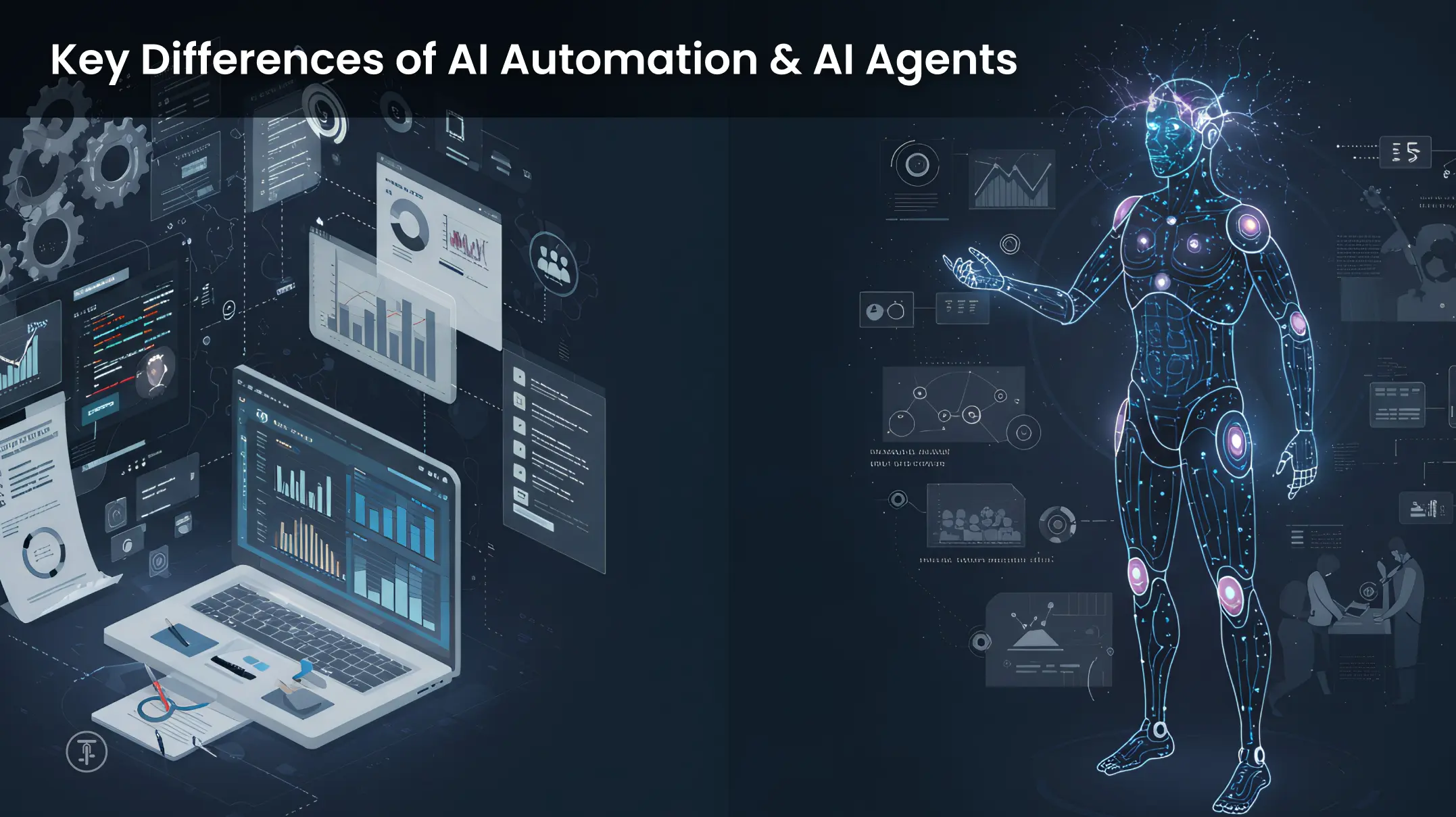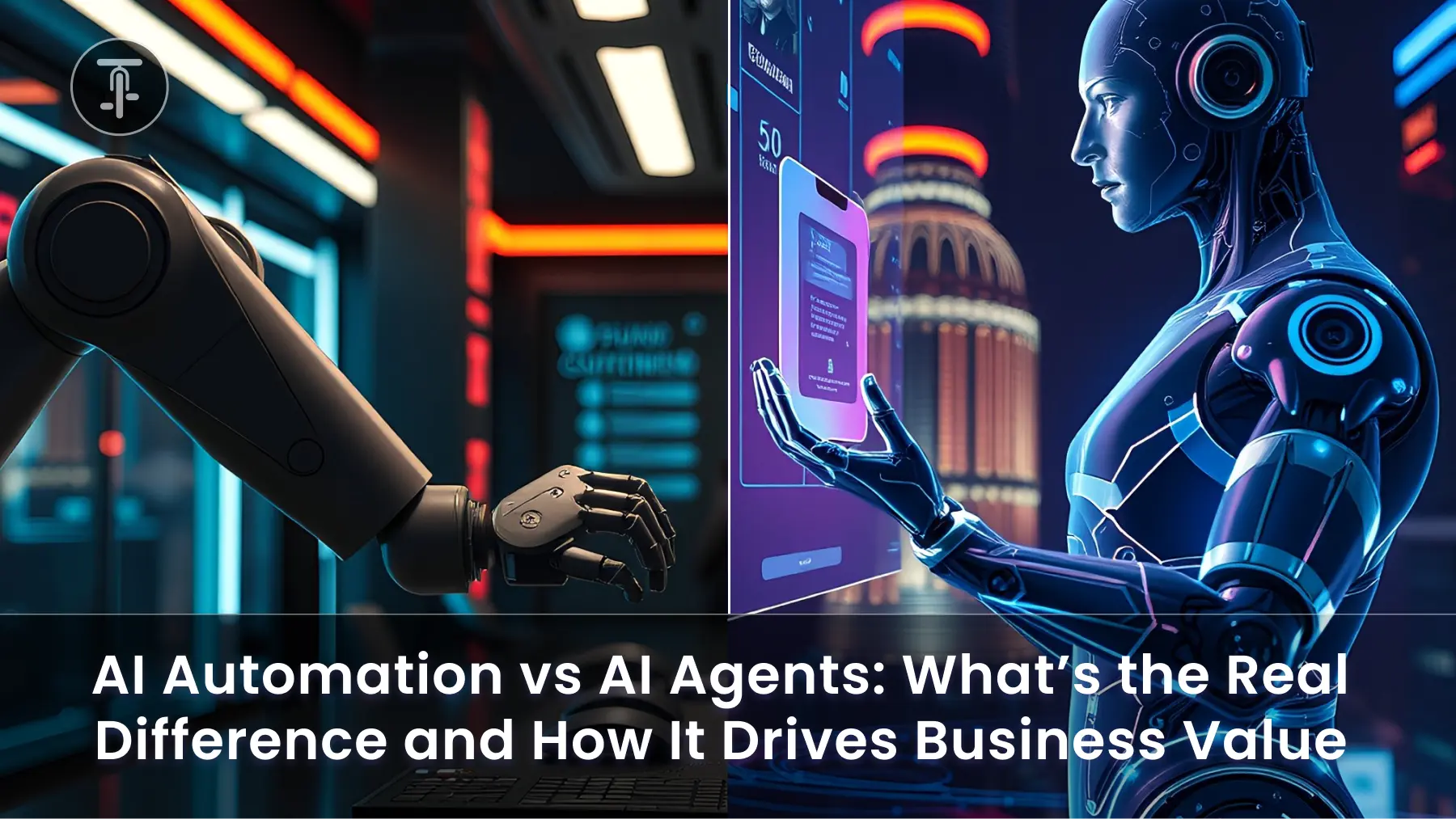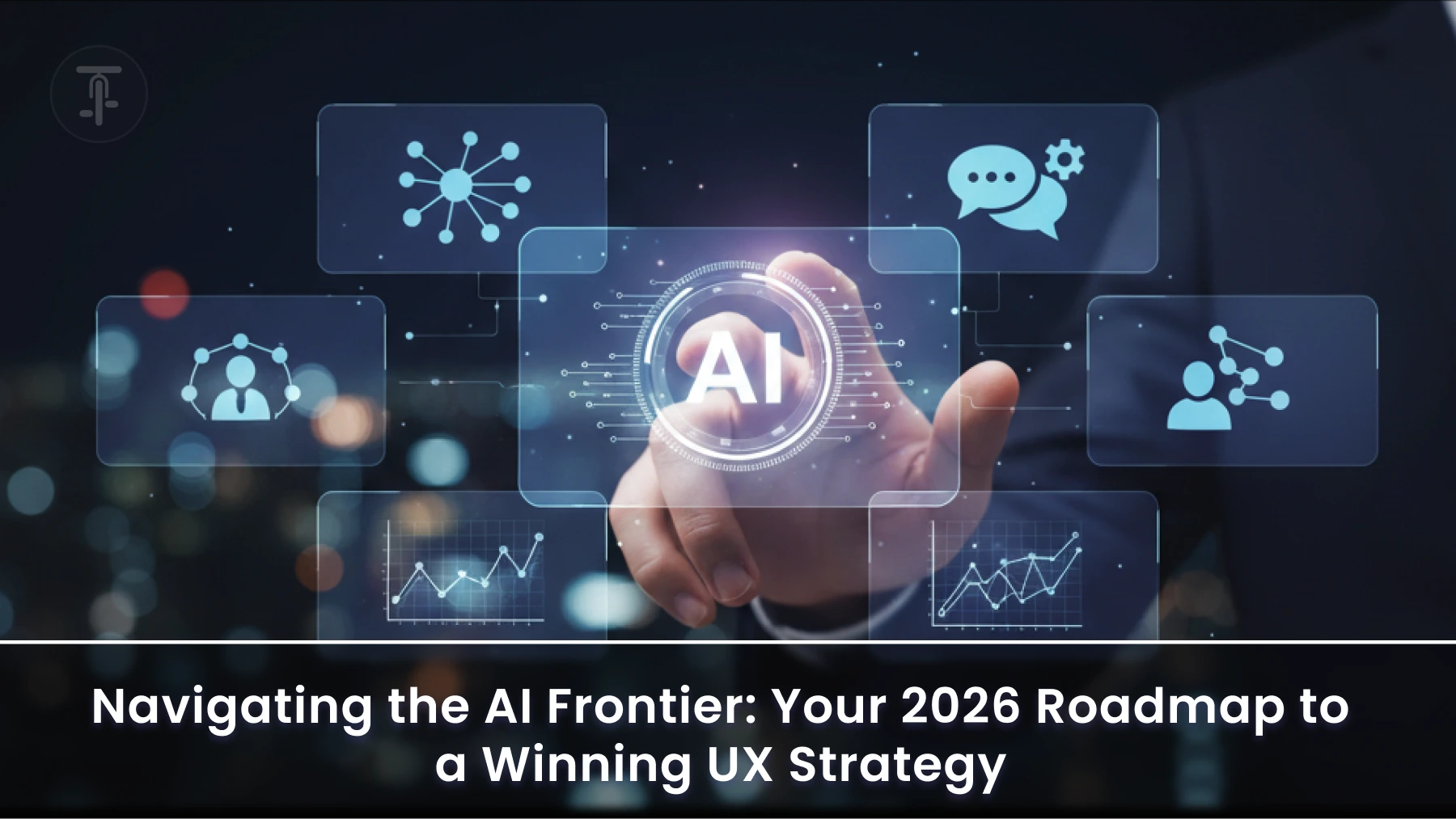Introduction
Is your organization leveraging the right form of artificial intelligence? While many businesses conflate AI automation with AI agents, understanding the distinction is crucial for selecting the technology that aligns with your goals. According to Gartner, by 2025, 50% of enterprises will implement some form of AI-driven automation, up from just 20% in 2022. Yet, confusion about terminology can lead to misaligned investments and missed opportunities.
In this article, we demystify AI Automation vs AI Agents, dissect their fundamental capabilities, analyze real-world case studies, and offer actionable insights to pick and implement the correct solution, fueled by Pedals Up.
What Is AI Automation?
AI Automation—also called intelligent automation—describes the application of software robots and scripts to execute routine tasks with little or no human intervention. It uses rule-based logic, process mining, and occasionally simple machine learning algorithms to automate workflows.
Key Features
- Predefined Workflows: Runs tasks based on predetermined rules and decision trees.
- Scale & Speed: Automates large volumes of repetitive work (e.g., invoice handling) at enterprise scale.
- Integration: Integrates with other enterprise applications (ERP, CRM) through APIs or UI-level automation.
Typical Use Cases
- Robotic Process Automation (RPA): Finance, HR, and supply-chain process automation.
- Data Extraction & Entry: Invoicing parsing, PDF data extraction, spreadsheet filling.
- Batch Processing: Automated report generation and delivery.
Benefits:
- Cost Savings: 70% reduction in manual labor expense for repetitive processes.
- Accuracy: Significantly reduces error rates versus manual processing.
- Compliance: Provides audit-ready logs and uniform execution.
What are AI Agents?
AI Agents are self-contained systems that can sense their environment, decide, and act towards desired goals—often with learning and adaptability. Agents differ from rigid automation by applying sophisticated AI models (NLP, reinforcement learning, computer vision) to enable dynamic behavior.
Key Features
- Autonomy: Able to make context-dependent decisions without explicit scripts.
- Learning & Adaptation: Get better over time through feedback cycles and machine learning.
- Multi-Modal Interactions: Exchange information through text, voice, or API requests to external systems.
Common Use Cases
- Virtual Assistants: Customer support chatbots, sales assistants, and IT helpdesk assistants.
- Recommendation Engines: Individualized recommendations in online shopping and media consumption.
- Autonomous Monitoring: Security agents monitor for deviations in network activity or assembly lines.
Advantages:
- Personalization: Adapts interactions to unique user requirements.
- Continuous Improvement: Improves over time by learning from new data to perform better.
- Complex Task Handling: Can handle end-to-end processes without human supervision.
Key Differences

Feature | AI Automation | AI Agents |
Decision Logic | Rule-based | AI-driven & context-aware |
Flexibility | Low (static workflows) | High (adaptive behaviors) |
Learning Capability | Minimal | Significant |
Best For | Repetitive tasks, back-office ops | Customer engagement, dynamic ops |
Implementation Time | Weeks to months | Months to a year |
Real-World Case Studies
1. Orange Spain’s Robot Factory (AI Automation)
Company: Orange Spain
Challenge: CEO-driven vision to revolutionize operations and propel efficiency in customer service and back-office processes.
Solution: Rolled out more than 400 UiPath RPA robots across business functions, powered by a team of 100 Robot Factory robots. Robots complete repetitive tasks around the clock, from order entry to data matching, allowing workers to focus on strategic tasks.
Result: Made more than €34 million in cost savings within more than two years, 400+ robots rolled out, and round-the-clock 24/7 service providing quicker turnaround times and diminished manual effort (uipath.com).
2. Surrey County Council (AI Automation)
Company: Surrey County Council (UK)
Challenge: Manual, multi-system back-office processes that result in processing delays for citizens and high admin costs.
Solution: Implemented RPA to robotize 60 medium-to-large-scale processes like form data capturing, license renewal, and benefit administration.
Result: Saved 40,000 hours of man-hours every year and cut expenses by £600,000 each year, leading to enhanced satisfaction among citizens as well as providing staff with the capacity to work on complex tasks (uipath.com).
3. Composite IBM Watson Assistant Study (AI Agents)
Company: Composite (Forrester TEI Analysis)
Challenge: Excessive volume of routine customer and employee inquiries, resulting in slow response times and high service costs.
Solution: Deployed IBM Watson Assistant, offering self-service chatbots and agent-assist tools on multiple channels.
Result: $5.50 cost savings per contained conversation, equaling $13.0 million over three years. Attained a 337% ROI, with payback in less than six months. Improved agent productivity and containment rates, eliminating the need for additional hires (ibm.com).
Selecting the Appropriate Solution
In choosing between AI agents and AI automation, ask yourself:
- Workflow Complexity: Are processes purely rule‑based, or do they involve contextual comprehension?
- Volume & Frequency: Do processes execute in batch or require real-time feedback?
- Scalability Needs: Is the objective to scale current operations or create new customer experiences?
- Budget & Timeline: What are your ROI targets and project timelines?
Tip: Pilot project to prove ROI first, and then scale in iterative sprints.
How Pedals Up Enables Businesses with AI Solutions
Pedals Up helps organizations implement end-to-end AI solutions—from smart automation to developing autonomous agents. Our process:
- Discovery & Roadmap: We study your workflows, determine high-impact use cases, and establish success measures.
- Agile Development: Accelerated prototyping of bots and agents with frequent stakeholder input.
- Integration & Deployment: Smooth integration with your tech stack (ERP, CRM, messaging platforms).
- Monitoring & Optimization: Continuous monitoring, retraining, and scaling.
Future Trends: The Blurring of Automation and Agents
As AI comes of age, the distinction between automation and agents will disappear. Look out for:
- Hyperautomation: Integrating RPA, process mining, and AI to create fully orchestrated workflows.
- Autonomous Decision Platforms: Agents monitoring end-to-end processes, triggering automation when required.
- Conversational Interfaces: Voice-enabled agents that do more than converse; they can also perform activities on your behalf.
As a first step to realizing revolutionary value, making sense of the actual distinction between AI automation and AI agents comes first. No matter whether it’s about making back-office work more efficient or creating smart customer-facing experiences, Pedals Up has the insight and experience at hand to execute. Don’t wait, set up your appointment and receive an individualized AI roadmap.




